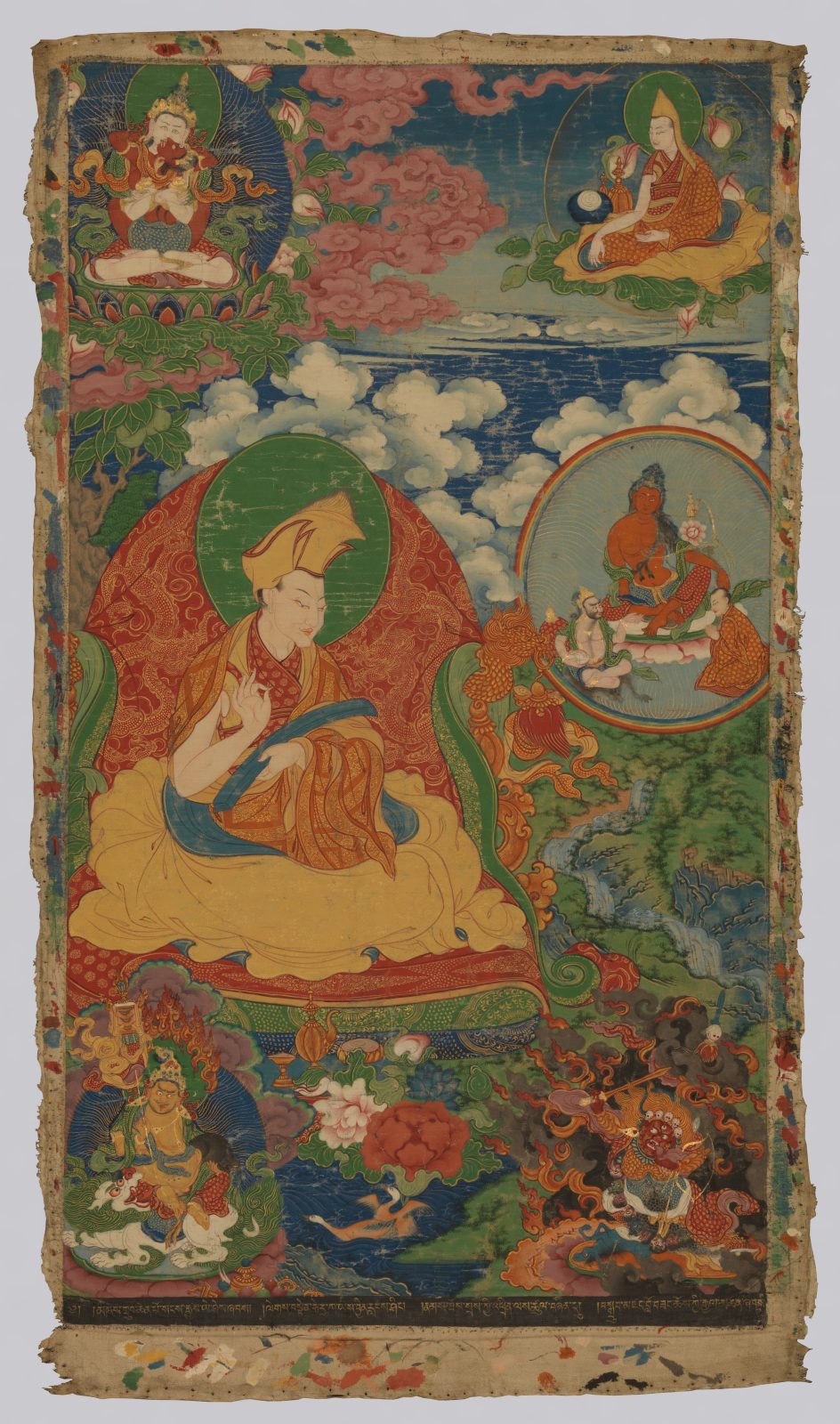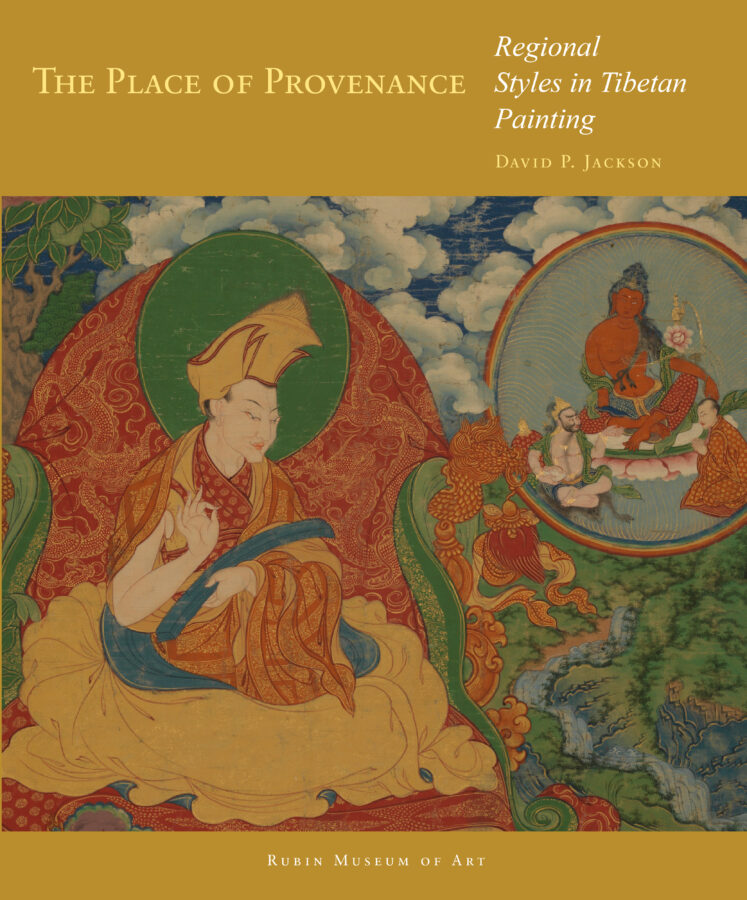The Place of ProvenanceRegional Styles in Tibetan Painting
Rubin Museum
150 W. 17th St., NYC

The fourth in a series of exhibitions curated by the renowned Tibetan scholar David Jackson, The Place of Provenance: Regional Styles in Tibetan Painting explores the four distinctive provincial artistic styles of Tibet as well as those of Bhutan, Mongolia, and Qing-dynasty China. Although provincial styles are crucial to identifying the origin of Tibetan paintings, the elements of each style are largely unknown to Western scholars. The exhibition compares certain key elements of landscape, such as skies, clouds, and snow mountains, as a means of exploring the unique artistic attributes of each region. Through his research and this exhibition, Jackson debunks the common Western belief that a single style, the Lhasa-based New Menri, dominated the majority of these provinces in recent centuries.

